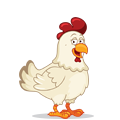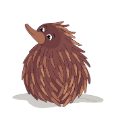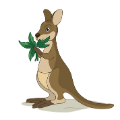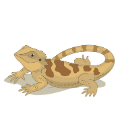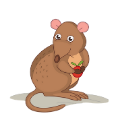Freedom from discomfort
All guinea pigs should live in a suitable environment. A guinea pig’s home affects how the guinea pig feels, thinks and behaves. Providing your guinea pigs with shelter and a comfortable resting area is one way you can make sure that your guinea pig stays healthy and happy.
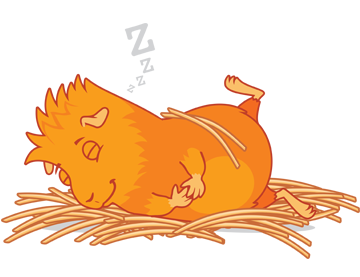
Did you know that there is a special law protecting animals?
This law is called the Animal Welfare Act. The Animal Welfare Act says that your animal has five groups of welfare needs. These are five groups of things that animals need to be healthy and happy. These five welfare needs are called the Five Freedoms.
Under the Animal Welfare Act all animal guardians (owners) need to provide these five groups of things for their animals. One of these Freedoms is: Freedom from Discomfort. In this section you will learn about this freedom and how you can make sure your guinea pigs have the right environment and shelter they need to be free from discomfort.









